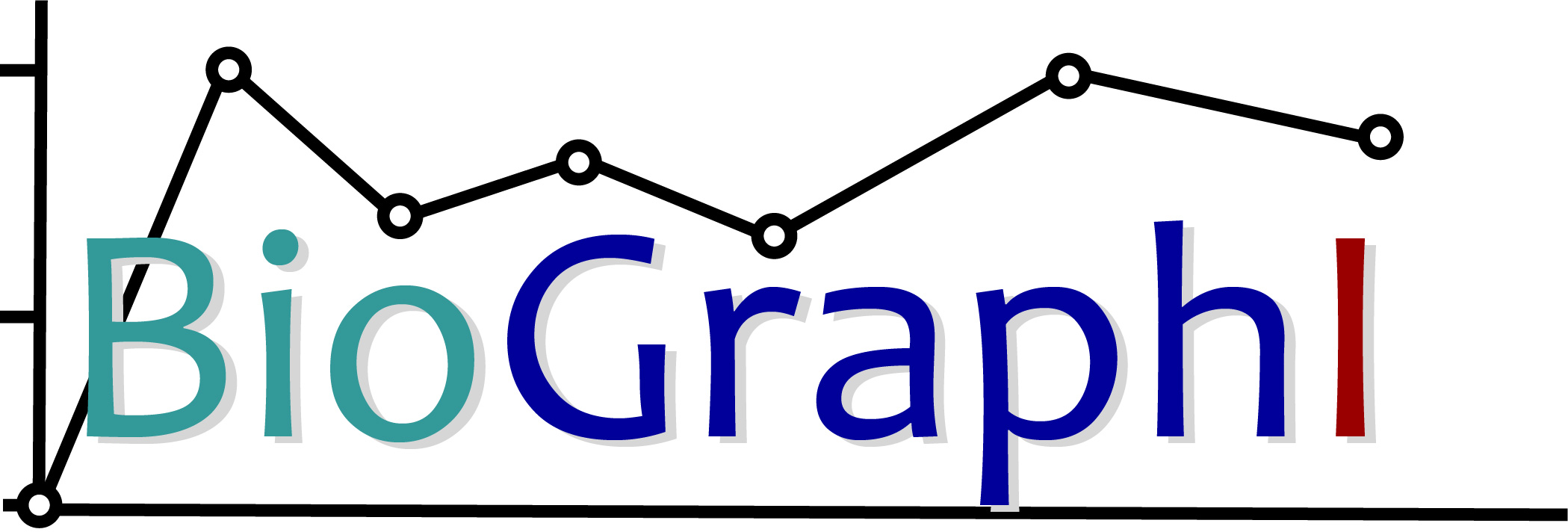In this lesson, students interpret a map of species occurrences. Then, students view and reflect on an interview with biologist Dr. Jennifer Dean, whose research includes the map that they interpreted.
Why representation matters: Interpreting data to identify factors that affect Black students’ persistence in STEM
Version: 1.0
In this lesson, learners interpret a table summarizing the factors influencing the persistence of Black students at an HBCU. Then, learners view and reflect on an interview with science education researcher Dr. Catherine Quinlan, who collected the data that they interpreted.
In this lesson, students interpret graphs of pollinator movement behavior. Then, students view and reflect on an interview with community ecologist Dr. Suann Yang., who collected the data that they interpreted.
Drug Discovery through Ethnobotany
Version: 1.0
In this lesson, students interpret graphs demonstrating synergy between antibiotics. Then, students view and reflect on an interview with biologist Dr. Cassandra Quave, whose research includes the map that they interpreted.
Introduction to Climate Change: Why we should care
Version: 1.0
In this lesson, students cover the basics of climate change, interpret and predict several graphs that explain climate change scenarios under different treatment options, and reflect on an interview with plant ecologist Dr. Sarah Emery, who wrote the paper in focus in the lesson.
The Impact of Climate Change on Sea Hare Respiration
Version: 1.0
In this lesson, students interpret graphs of sea hare respiration. Then, students view and reflect on an interview with environmental scientist Dr. Richelle Tanner, who collected the data in the graph.
In this lesson, learners will learn about cancer genetics and understand and interpret graphs showing quantitative trait locus (QTL) data, survivor curve data, and other genetics data. Then, learners view and reflect on an interview with Deaf biomedical researcher Dr. Megan Majocha, who is doing this research at the National Institutes of Health.
The goal of this activity is to familiarize students with reading graphs, to think about how cells are different from one another and how parasites can take advantage of cell surface markers to gain access to a cell and escape immune detection. Then, learners view and reflect on an interview with scientist Dr. Angel Kongsomboonvech, who was involved in the research project.
When food gets scarce: how plant-pollinator interactions will shift under global change
Version: 1.0
In this lesson, students review plant-pollinator interactions and global change concepts. Next, students interpret graphs of pollinator visitation data to Scarlet Gilia. Then, students view and reflect on an interview with community ecologist Dr. Connor Morozumi, who collected the data that they interpreted.
Agents of change: Determining effects of pollution on marine environments through data interpretation
Version: 1.0
In this lesson, students discuss the effects of disturbance in marine environments with a focus on pollution. They also evaluate the anthropogenic causes and consequences of pollution on a variety of marine ecosystems. Students then interpret a graph of oil pollution on tissue apoptosis in larval Red Drum. Finally, students view and reflect on an interview with Dr. Rachel Leads, the biologist who collected the data that they interpreted.
In this lesson, learners will hear about research that focuses on bacterial antibiotic resistance and biofilm production. Students will see how antibiotic resistance is measured and interpret a graph measuring biofilm production of these bacterial soil isolates. Then, learners view and reflect on an interview with microbiology researcher Dr. Danielle Graham, who collected the data that they interpreted.
Unveiling Lizard Evolution: Graphical Insights into Behavioral Ecology in the Era of Climate Change
Version: 1.0
This lesson targets entry-level undergraduate students to enhance their proficiency in comprehending and interpreting scientific graphs. The lesson incorporates group discussions centered around several graphs about lizards, together with individual reflective essays and a social media assignment. Students will also gain insights from an interview video featuring Dr. Daniel Warner, the lizard scientist who was responsible for data collection and graph creation explored in the lesson.
In this lesson, students discuss anti-predator defense mechanisms and the types of cues defenses provide to predators. Students then interpret graphs of behavior of arthropod predators when presented with different phenotypes of color polymorphic tortoise beetles. Finally, students view and reflect on an interview with Dr. Lynette Strickland, the biologist who collected the data that they interpreted.
How We Help: Human elements of restoration ecology
Version: 1.0
In this lesson, students recall the basics of restoration ecology, interpret and predict several graphs that explain restoration manager characteristics, and reflect on an interview with restoration ecologist Dr. Anna Sher, who wrote the paper in focus in the lesson.
In this lesson students 1) become familiar with various graphs that are used to study diversity patterns within and across sites, 2) learn about some of the questions that can be addressed by metabarcoding studies, and 3) reflect on an interview with evolutionary ecologist Maria Rebolleda Gomez, who collected the data used in the lesson.
In this lesson, learners meet several scientists working on sustainable ways of recycling discarded electronics. Through an interactive H5P activity, participants watch videos and complete a series of knowledge checks. In the process, they meet Jason Williams and learn how Nanopore sequencing works. Importantly, Williams teaches learners how to analyze output from Oxford Nanopore sequencers.
